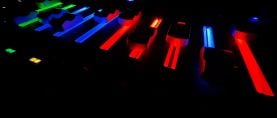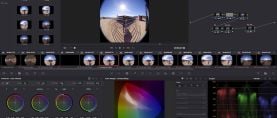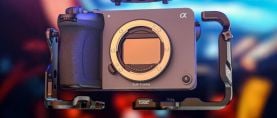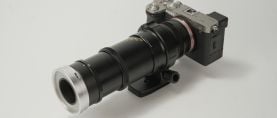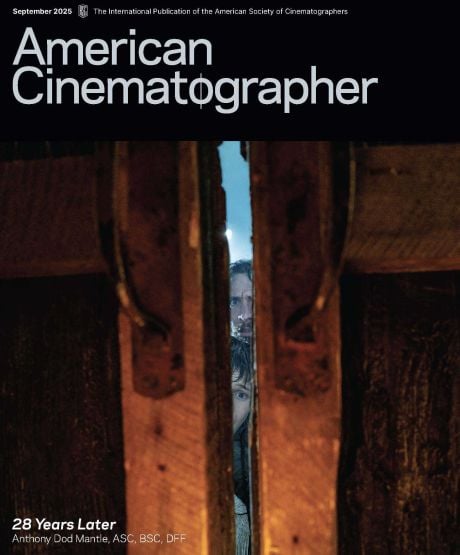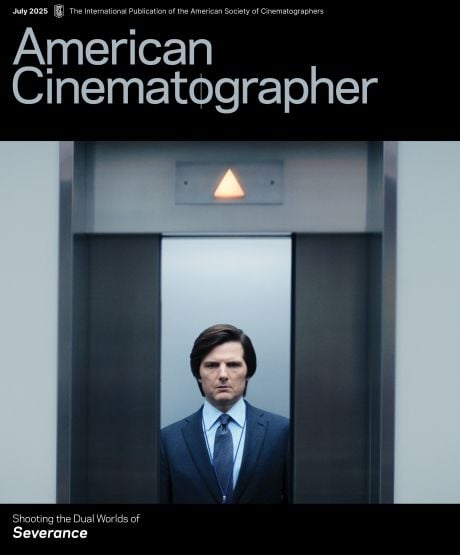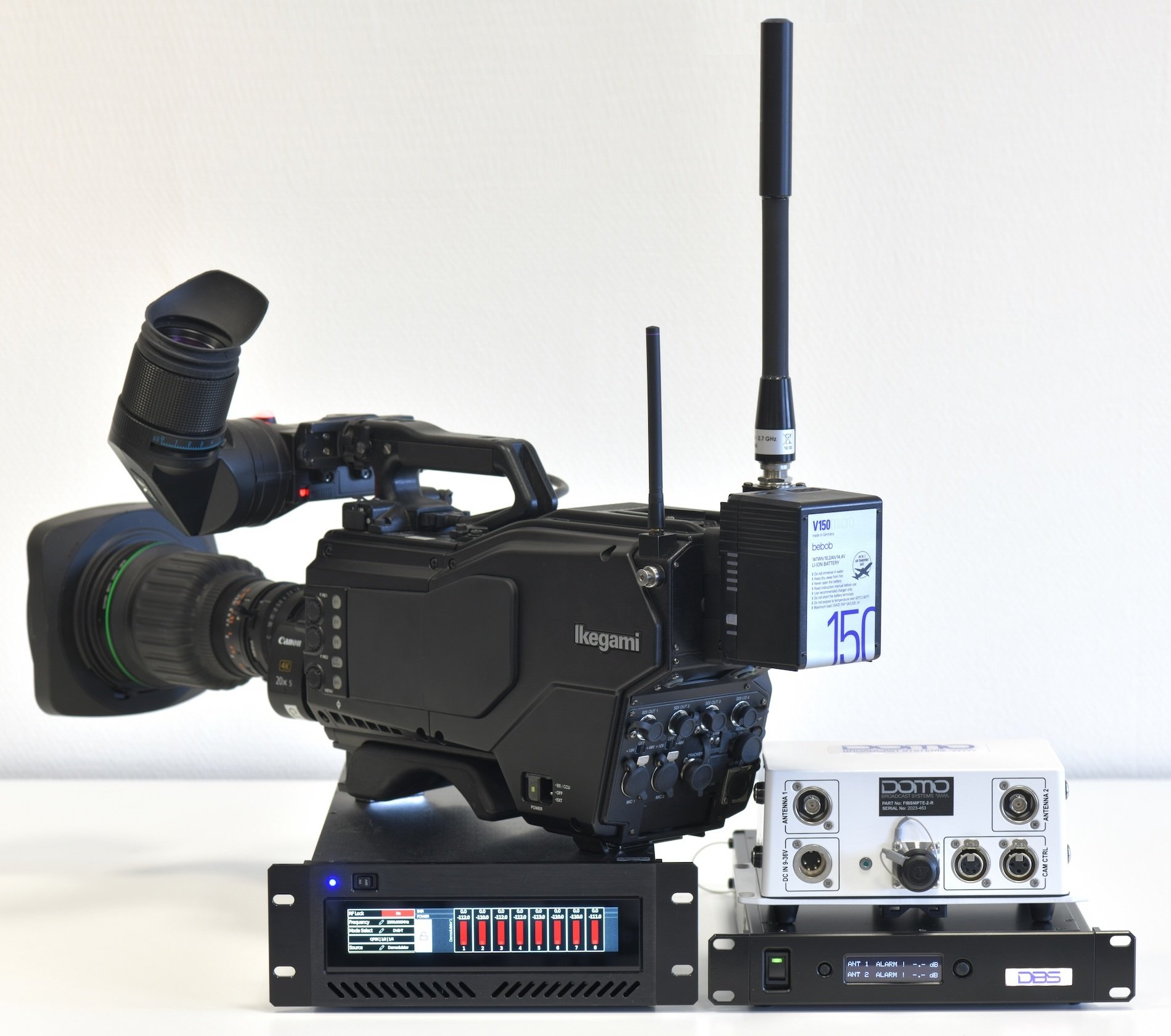
Ikegami Unveils UHK-X700RF
The wireless portable camera has the same feature set, operational ergonomics, compact size and light weight as its wired sister model, the UHK-X700.
Ikegami has unveiled the UHK-X700RF wireless portable camera, the latest addition to its Unicam-XE line.
The solution has the same feature set, operational ergonomics, compact size and light weight as its wired sister model, the UHK-X700. The native UHD-sensor (3,840x2,160 pixels) with a global-shutter architecture is designed to capture natural images even under challenging situations. The camera supports UHD (2,160@50p/59.94p) and HD (1,080@50p/i, 59.94p/i) frame rates as a standard feature. Like other cameras in the Unicam-XE family, the UHK-X700RF incorporates a dual filter wheel, enabling separate control of incoming light and color temperature. Space is included to mount any desired effect filter or an optical low-pass filter. Automatic optical vignetting correction is supported when using OVC-compatible B4 bayonet-mount zoom lenses.
The transmitter in the camera operates in the 2-2.7 GHz band, accessible in 250 kHz tuning steps, with an output power of 100 mW. Two antennae mounted at the rear of the camera comprise one for the main video signal plus a smaller one for telemetry data. Multichannel antenna diversity is a standard feature, providing robust signal delivery in a wide range of transmission environments. Encoding is typically 40 ms input to output at UHD or HD resolution. Transmission range in a standard configuration is approximately 550 yards. If the receiving antennae are positioned far from the base unit, it is possible to cascade several IP-Mesh data transceivers; as such, up to 22 transceivers can be used in a single system.
The receiver/decoder for the main video signal occupies a 19" half-rack width chassis. It employs DVB-T modulation in QPSK, 16QAM and 64QAM. Bandwidth is switchable between 8 MHz, 7 MHz, 6 MHz and 5 MHz. Even under critical circumstances, the DVB-T guard interval can be switched in four discrete steps: 1/32, 1/16, 1/8 and 1/4. Forward error correction is selectable from 1/2, 3/4, 5/6, 7/8 and 2/3 as a default value. H.265-HEVC, H.264-AVC and MPEG-2 video coding are selectable via the control menu. Almost all conventional broadcast frame rates for HD and UHD are supported in ITU-R BT.709 SDR and ITU-R BT.2100 HDR as well as BT.2020 wide color gamut. The receiver/decoder comes equipped with four SDI outputs and supports 1.5G, 3G and 12G SDI formats, including embedded audio. It also features two XLR three-pin analog audio outputs, a BNC genlock input and a four-pin XLR 12 volt DC power input.
In its basic configuration, the receiver/decoder can connect directly to up to eight downconverters (four pairs of antennae) via conventional BNC cables. Up to 330' cable extension is supported. The distance between the receiving antennae and the Sapphire-RXD4 can be increased using a fiber base unit in combination with a fiber extension unit. This can be achieved via conventional SMPTE hybrid fiber/copper cable with LEMO connectors, allowing an extension of about 1,000 yards. The base unit will also supply power to the extension unit via the same cable.
Follow Ikegami on Facebook.
